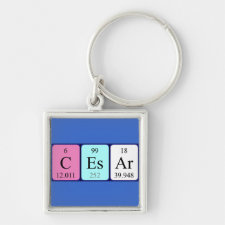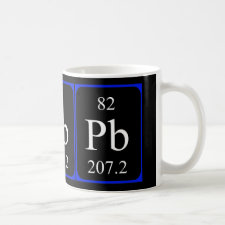
Authors: Tarley CRT, Basaglia AM, Segatelli MG, Prete MC, Suquila FAC, de Oliveira LLG
Article Title: Preparation and application of nanocomposite based on imprinted poly(methacrylic acid)-PAN/MWCNT as a new electrochemical selective sensing platform of Pb2+ in water samples.
Publication date: 2017
Journal: Journal of Electroanalytical Chemistry
Volume: 801
Page numbers: 114-121.
DOI: 10.1016/j.jelechem.2017.07.033
Alternative URL: http://www.sciencedirect.com/science/article/pii/S1572665717305180
Abstract: This paper describes the development of an electrochemical sensor highly selective to Pb2+ ions based on drop-coated glassy carbon electrode (GCE) with a suspension of ion imprinted polymer (IIP) loaded with 1-(2-pyridylazo)-2-naphthol (PAN) (IIP-PAN) and multi-walled carbon nanotubes (MWCNT). The polymer has been characterized by SEM and TGA. The electrochemical method is based on open-circuit preconcentration of Pb2+ onto modified electrode in 0.05 mol L-1 Tris-HCl buffer solution at pH 6.0 during 20 min. The reduction of Pb2+ was than performed on closed circuit at -1.2 V during 60 s in a 0.05 mol L-1 HCl solution, followed by subsequent differential pulse anodic stripping voltammetric determination in the range from -0.8 to -0.3 V. Electrode modified provided a better analytical response than those modified with its respective non imprinted polymer (NIP), IIP without PAN and MWCNT alone, which clearly demonstrates the synergic effect of recognition sites of IIP-PAN and MWCNT. Competitive adsorption studies for the binary Pb2+/Cu2+, Pb2+/Cd2+, Pb2+/Ni2+, Pb2+/Ni2+, Pb2+/Zn2+ mixtures revealed the respective relative selective coefficients (k') 301, 13.3, 9.5, 63.0 and 133.3, thus indicating that IIP-PAN is much more selective than NIP. Presence of potential interfering metal ions was also studied and the proposed electrode proved to be very tolerable. Limits of detection (LOD) and quantification (LOQ) were found to be 0.16 μg L-1 and 0.50 μg L-1, respectively. The inter-day method precision was found to be 1.72 and 1.86% (relative standard deviation) and the intra-day precision was found to be 1.68 and 2.53% for 5.0 and 10.0 μg L-1 of Pb2+, respectively. The developed sensor was effectively applied to water samples and synthetic urine with satisfactory recovery values from 95 to 103%. The accuracy of method was checked by analysis of standard reference material 1643e Trace Elements in Water NIST
Template and target information: lead ion, Pb(II)
Author keywords: poly(methacrylic acid), lead, PAN, Differential pulse anodic stripping voltammetry



Join the Society for Molecular Imprinting

New items RSS feed
Sign-up for e-mail updates:
Choose between receiving an occasional newsletter or more frequent e-mail alerts.
Click here to go to the sign-up page.
Is your name elemental or peptidic? Enter your name and find out by clicking either of the buttons below!
Other products you may like:
 MIPdatabase
MIPdatabase









